These 15 States Produce 95.5% of U.S. Natural Gas
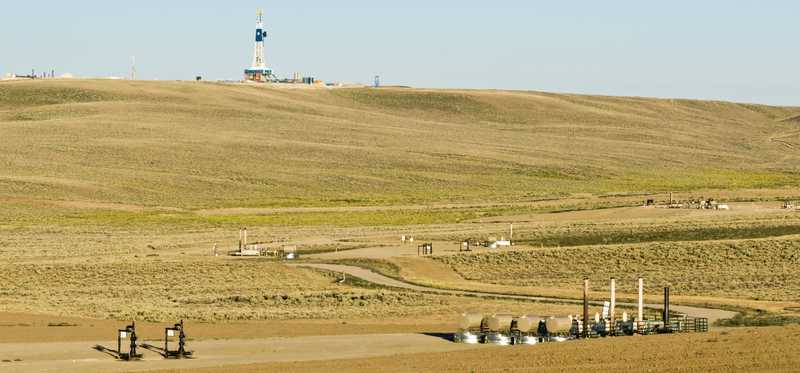
These 15 States Produce 95.5% of U.S. Natural Gas
America's top contributors
America is the global leader in producing natural gas. The country’s output reached 32.7 trillion cubic feet in 2018, -- up 12% from 2017 -- which was more than enough to meet demand. Because of that, the U.S. exported excess gas via pipeline to Mexico and from a growing number of liquefied natural gas (LNG) terminals to several countries around the world.
The bulk of this output came from just 15 states, which produced about 96% of the total last year -- up from 94% in 2017. Here’s a closer look at the country’s top gas-producing states.Previous
Next
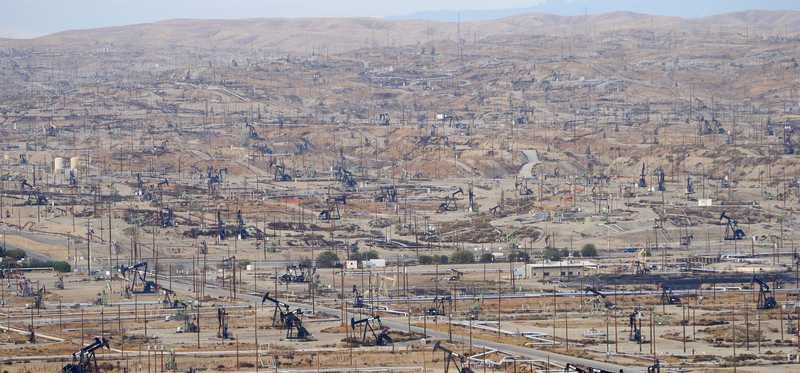
15: California -- 199 billion cubic feet (0.6% of the total)
The Golden State produces gas as well as oil from several areas, including off its southern coast. California’s production, however, continues to decline due to a lack of drilling. It fell another 5% last year and has now dropped more than 20% since 2013. That slump probably won’t reverse. Not only does it cost more money to drill in the state, but environmental regulations continue to hold back the industry.
ALSO READ: U.S. Oil Producers Are "Missing Out" on $100 Million a Day in Revenue
Previous
Next

14: Kansas -- 203 billion cubic feet (0.6% of the total)
Kansas gets most of its natural gas from the Hugoton field, which also stretches into Oklahoma. The output from that field, however, continues to decline because it’s not economical to drill given where gas prices are these days. In 2018, production in the state fell another 5% and is now down more than 30% in the last five years. That slump will continue unless gas prices surge enough to incentivize oil and gas companies to drill more wells in the state.
Previous
Next
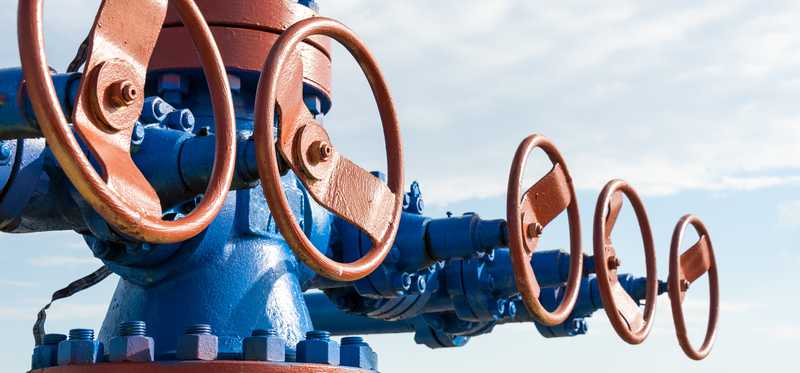
13: Utah -- 297 billion cubic feet (0.9% of the total)
Utah has three of the country’s 100 largest gas fields, though most of its production comes from the Uinta Basin. Its output, however, continued declining in 2018, falling another 5.5% as energy companies focus on drilling more lucrative wells elsewhere. That trend isn’t likely going to reverse unless gas prices make it more enticing to drill in the state.
Previous
Next
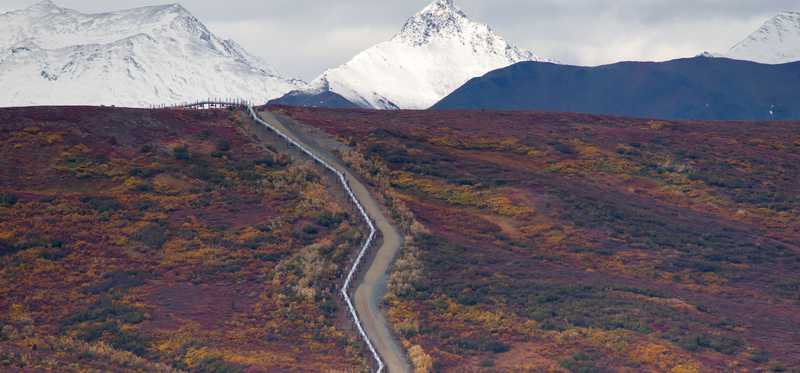
12: Alaska -- 341 billion cubic feet (1.0% of the total)
Alaska technically produces the third largest gas volumes in the country. However, the state lacks the infrastructure to get its gas to markets. Because of that, most producers reinject natural gas back into the reservoir, which helps them produce more oil. The state is working on a solution to unlock the value of its natural gas by advancing the Alaska liquified natural gas project, which includes an 807-mile pipeline from oil fields in the North Slope to a proposed export facility near Anchorage. The project would cost an estimated $43.3 billion, which the government would fund since it's is too risky for oil companies.
Previous
Next
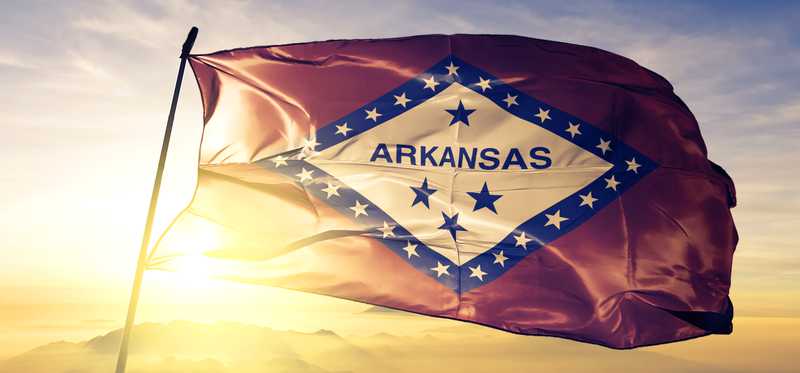
11: Arkansas -- 594 billion cubic feet (1.8% of the total)
Arkansas produces most of its gas from the Arkoma Basin in the west-central part of the state, which features the Fayetteville Shale. However, due to the high costs of drilling compared to other regions, most producers have cut back their investments in the state. As a result, Arkansas' gas output continues to fall. In 2018, it declined another 16% and has now plummeted almost 50% since 2013. That trend isn’t likely to reverse unless gas prices surge, which would make it more economical to drill in the state.
ALSO READ: Oil Companies Spent $84 Billion on This Surprising Activity in 2018
Previous
Next
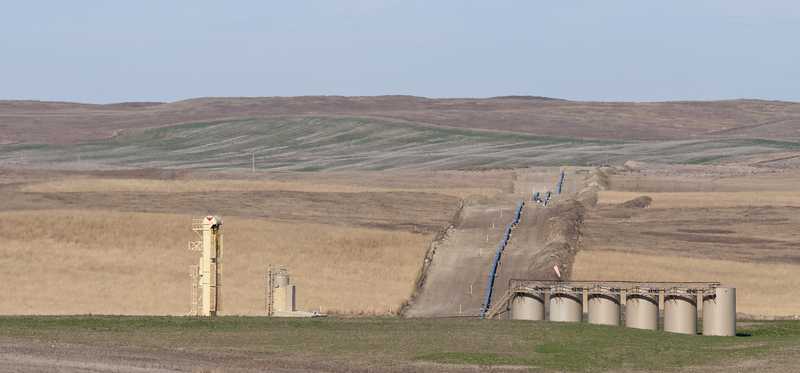
10: North Dakota -- 739 billion cubic feet (2.3% of the total)
North Dakota has moved up one notch in the leaderboard over the past year. Not only has Arkansas’ gas output continued declining, but North Dakota’s has kept growing, with it rising more than 24% in the last year. Two factors drove that growth. First, oil companies are drilling more wells into the Bakken Shale, which is helping increase the production of associated natural gas. Meanwhile, instead of burning off that gas, companies are increasingly connecting their wells to pipelines thanks to the investment in new midstream infrastructure in the region. With energy companies continuing to pour more money into new wells and additional pipelines, North Dakota’s gas output should continue surging.
Previous
Next
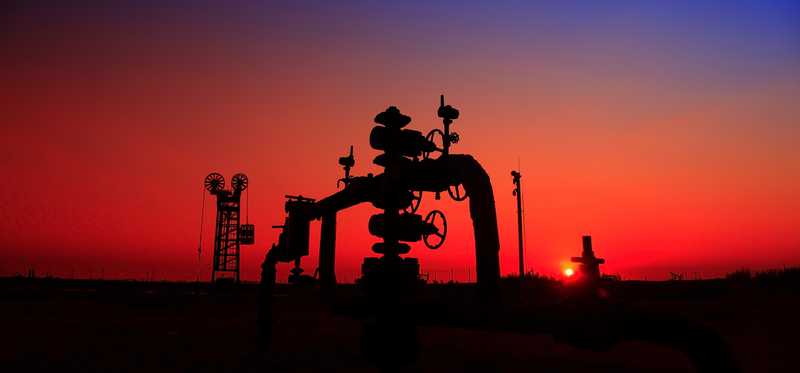
9: New Mexico -- 1.5 trillion cubic feet (4.5% of the total)
New Mexico holds several legacy gas fields, including the San Juan Basin. However, it’s starting to become a more important gas-producing region thanks to the fast-growing Permian Basin, which runs through the southeastern part of the state. While drillers are primarily targeting oil, the Permian produces a significant amount of associated gas. That helped drive New Mexico’s gas output up 15% in 2018. That fast-paced growth should continue, which could propel New Mexico up the country’s gas-production leaderboard.
Previous
Next
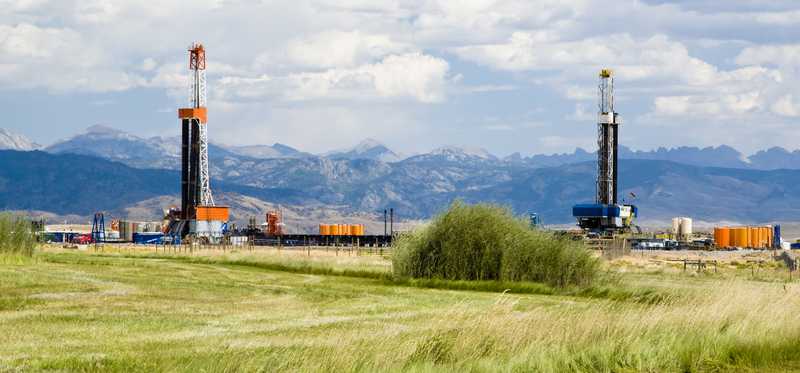
8: Wyoming -- 1.5 trillion cubic feet (4.6% of the total)
Wyoming was once again a top-10 gas producer in 2018. Though its output has steadily declined over the past several years as drillers reduced their activity levels in the Green River Basin, which is in the southwest part of the state and holds the Pinedale and Jonah fields. Production, however, could begin turning upward in the coming years. That’s because drillers are starting to tap the resources of the Powder River Basin in the southeastern portion of the state. The industry believes that its multi-layered shale formations hold billions of barrels of recoverable oil as well as significant gas resources, making it a potentially major growth engine for the state.
Previous
Next
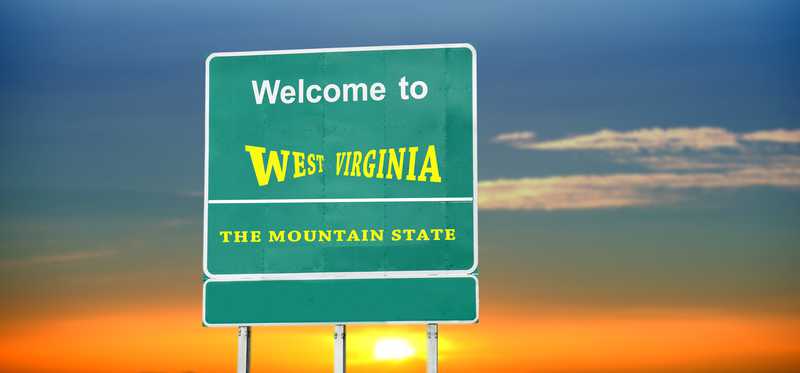
7: West Virginia -- 1.8 trillion cubic feet (5.5% of the total)
West Virginia has abundant fossil fuel resources. While known more for producing coal, the state's gas output has zoomed nearly 150% in the past five years, fueled by the development of the Utica and Marcellus shale plays. That fast-past growth should continue for the next several years since the state has abundant, low-cost gas resources, making it a lucrative area for gas-focused drillers.
ALSO READ: Will This High-Yield Dividend Stock Disappoint Investors in Q1?
Previous
Next
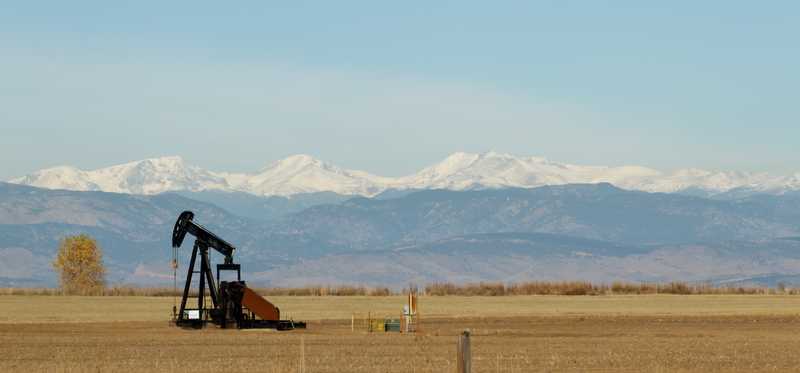
6: Colorado -- 1.8 trillion cubic feet (5.6% of the total)
Colorado’s gas production has risen rapidly in the past 10 years, with it more than doubling since 2001. It produces this gas from two main regions: the DJ Basin to the east and the Piceance to the west. The state is also the largest coalbed methane producer in the country, which is gas extracted from coal beds. The biggest factor driving the state’s growth in recent years, however, has been an increase in drilling across the DJ Basin, with producers primarily focusing on its multi-layered shale formations. That trend could continue as long as the state doesn’t hamper drilling by imposing more restrictive regulations.
Previous
Next
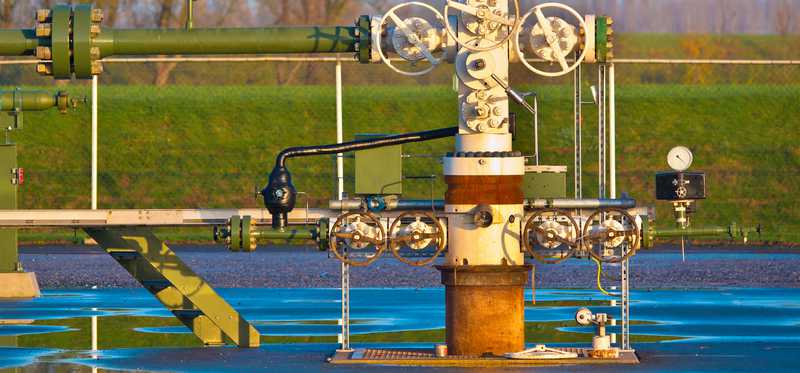
5: Ohio -- 2.4 trillion cubic feet (7.3% of the total)
Ohio’s natural gas production has rocketed in the last five years, rising from less than 0.3% of the nation’s total in 2011 to more than 7% in 2018. That’s due entirely to increased drilling in both the Utica and Marcellus Shale plays. The state’s gas output has ballooned nearly 35% in the past year alone as drillers poured more money into those two gas-rich rock formations. That rapid growth should continue for the next several years thanks to the recent completion of several large-scale pipelines and other related midstream infrastructure to move Ohio’s gas from newly-drilled wells to market centers.
Previous
Next
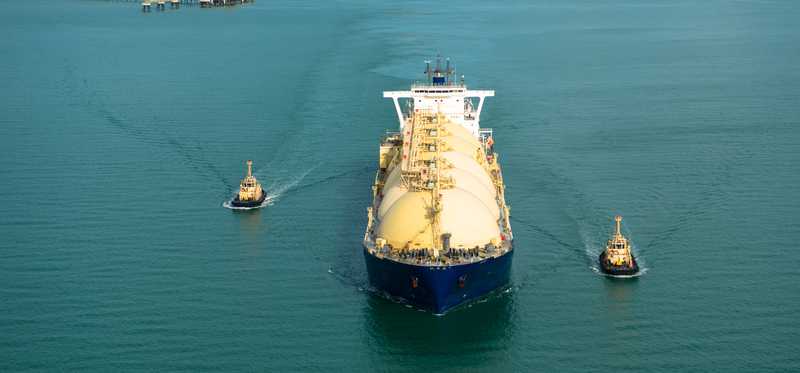
4: Louisiana -- 2.8 trillion cubic feet (8.6% of the total)
The state of Louisiana holds one of the country’s biggest natural gas reserves thanks to the presence of the Hayneville Shale. However, not only is the state a top-five gas producer, but it’s becoming one of the largest liquified natural gas (LNG) producers thanks to a growing number of liquefaction terminals that are popping up along its Gulf Coast. Cheniere Energy (NYSEMKT: LNG) became the first company to export gas from the lower 48 states when it opened the Sabine Pass liquefaction terminal in Louisiana in 2016. Exports from the state are set to double this year as Sempra Energy (NYSE: SRE) starts up its Cameron facility. As those and other projects ramp up, it could spur additional drilling in the Haynesville, which could help push Louisiana further up the leaderboard.
Previous
Next
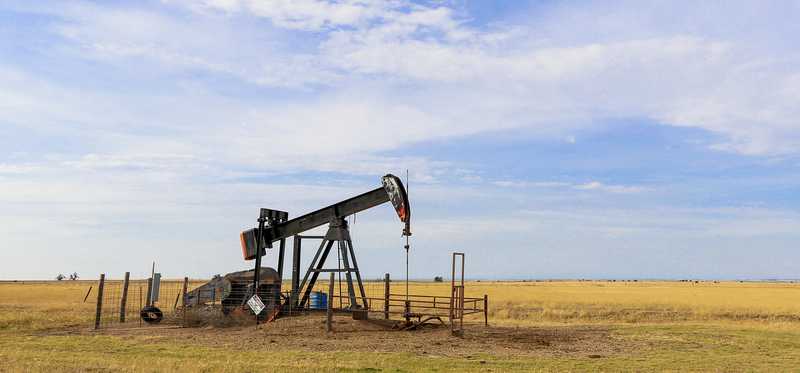
3: Oklahoma -- 2.9 trillion cubic feet (9% of the total)
Oklahoma has 14 of the 100 top natural gas fields in the country, the largest being the Hugoton field that stretches across much of the panhandle region as well as parts of Texas and Kansas. While most of its legacy fields are in decline, the state has enjoyed a resurgence in gas output in recent years thanks to increased drilling in the STACK / SCOOP, which are fast-growing, multi-layered shale plays. An uptick in drilling across those areas helped fuel a 17% surge in the state’s gas production in 2018. That growth should continue as drillers pour more money into those two resource-rich plays.
Previous
Next
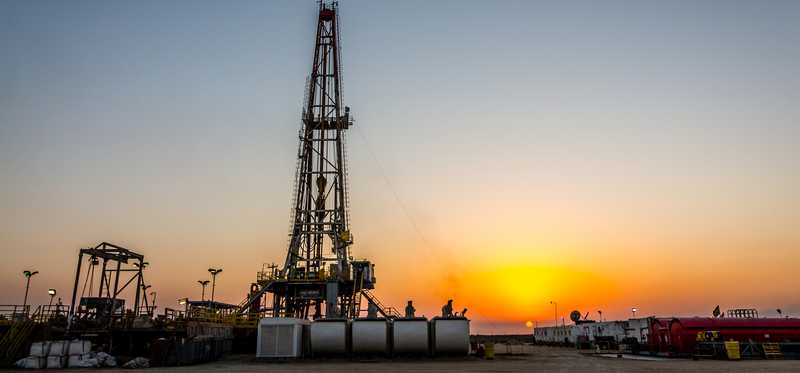
2: Pennsylvania -- 6.2 trillion cubic feet (18.9% of the total)
Pennsylvania was the country’s second-largest gas producer last year. Overall, output in the Keystone state rose 13.6% compared to the prior year thanks to the continued growth of its two world-class resources: Marcellus Shale and Utica Shale. Five companies contribute about 70% of the state’s gas supplies, led by the country’s No. 1 gas producer EQT (NYSE: EQT). That company aims to extend that lead by continuing to drill wells into the prolific Marcellus and Utica shales, with it targeting to grow its production another 20% by 2023.
Previous
Next

1: Texas -- 7.9 trillion cubic feet (24% of the total)
Texas once again topped the list of America’s largest gas-producing states. The Lonestar state extended its lead last year as output rose 10.2% from 2017’s total. Texas produces the bulk of its natural gas from three regions: The Eagle Ford Shale, Barnett Shale, and Permian Basin. The state still has plenty of growth ahead as the gas output from the Permian Basin alone is on track to double by 2025. That’s turning Texas into an export powerhouse as it’s not only going to be sending more gas south to Mexico via pipelines but to global markets through additional LNG export facilities.
Previous
Next
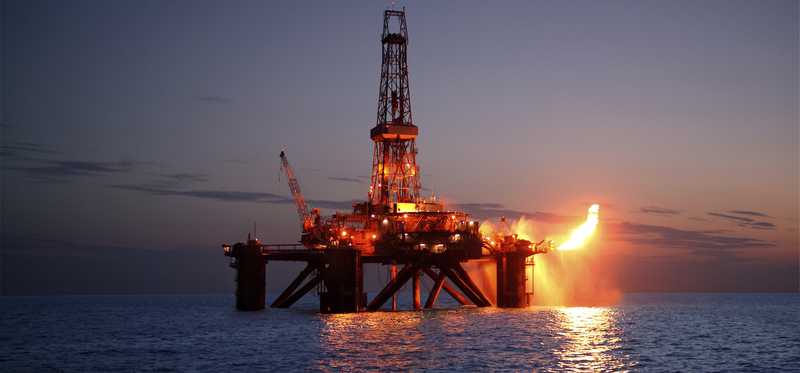
Bonus: The federal waters of the Gulf of Mexico -- 975 billion cubic feet (3.7% of the total)
While states control the oil and gas resources immediately off their coasts -- usually three to nine nautical miles -- the federal government has the rights from that point to about 200 nautical miles offshore. That gives it control over a significant resource base. In 2018, production platforms in those waters supplied 3% of the country’s total gas output. For perspective, that’s 97% more gas than the combined production of the remaining 35 states.
Previous
Next
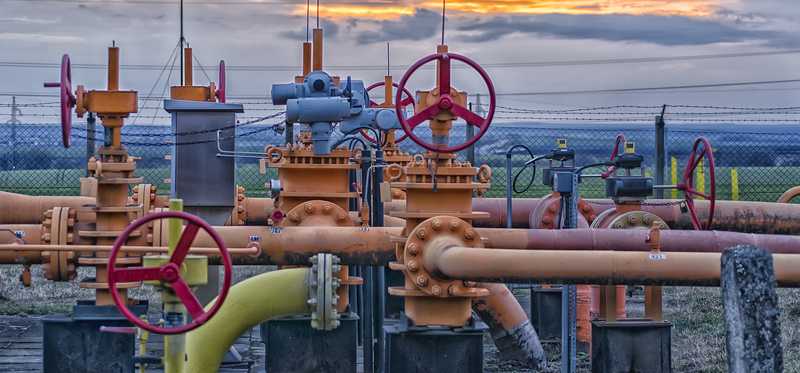
Relying on the leaders
America is the largest natural gas producer in the world. Most of that production comes from just a handful of the country's 50 states. Further, while the top 15 contributed nearly 96% of the total, Texas and Pennsylvania are by far the most important as they combined to supply almost 43% of the total thanks to their abundant shale resources. Because of that, those seeking to invest in natural gas stocks should look for companies with holdings in these two states.
Matthew DiLallo has no position in any of the stocks mentioned. The Motley Fool has no position in any of the stocks mentioned. The Motley Fool has a disclosure policy.
Previous
Next
Invest Smarter with The Motley Fool
Join Over Half a Million Premium Members Receiving…
- New Stock Picks Each Month
- Detailed Analysis of Companies
- Model Portfolios
- Live Streaming During Market Hours
- And Much More
READ MORE
HOW THE MOTLEY FOOL CAN HELP YOU
-
Premium Investing Guidance
Market beating stocks from our award-winning service
-
The Daily Upside Newsletter
Investment news and high-quality insights delivered straight to your inbox
-
Get Started Investing
You can do it. Successful investing in just a few steps
-
Win at Retirement
Secrets and strategies for the post-work life you want.
-
Find a Broker
Find the right brokerage account for you.
-
Listen to our Podcasts
Hear our experts take on stocks, the market, and how to invest.
Premium Investing Services
Invest better with The Motley Fool. Get stock recommendations, portfolio guidance, and more from The Motley Fool's premium services.